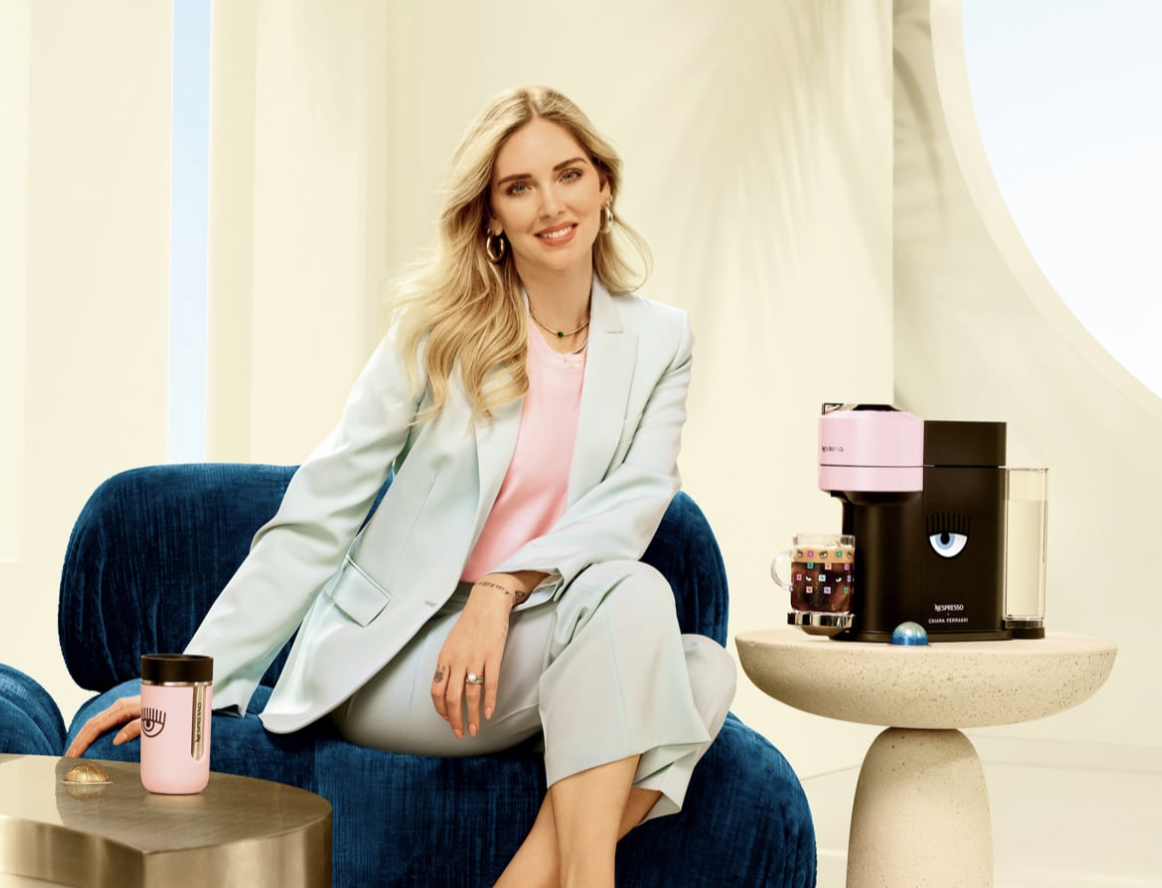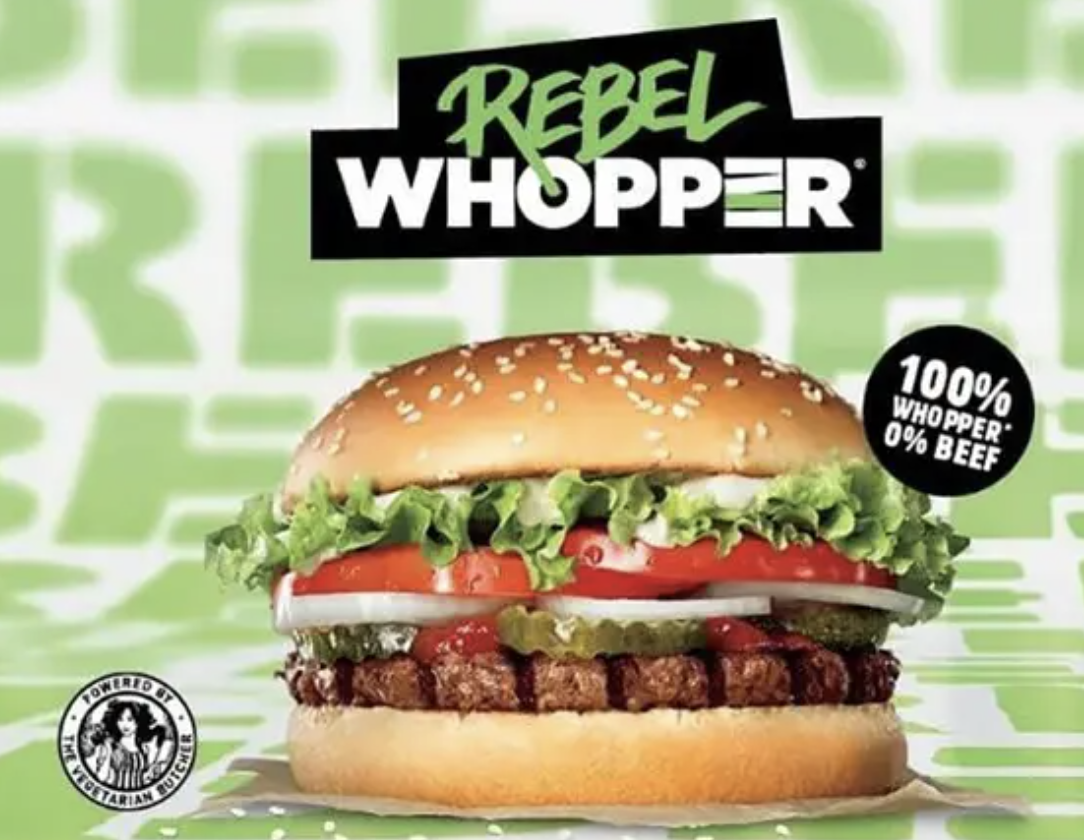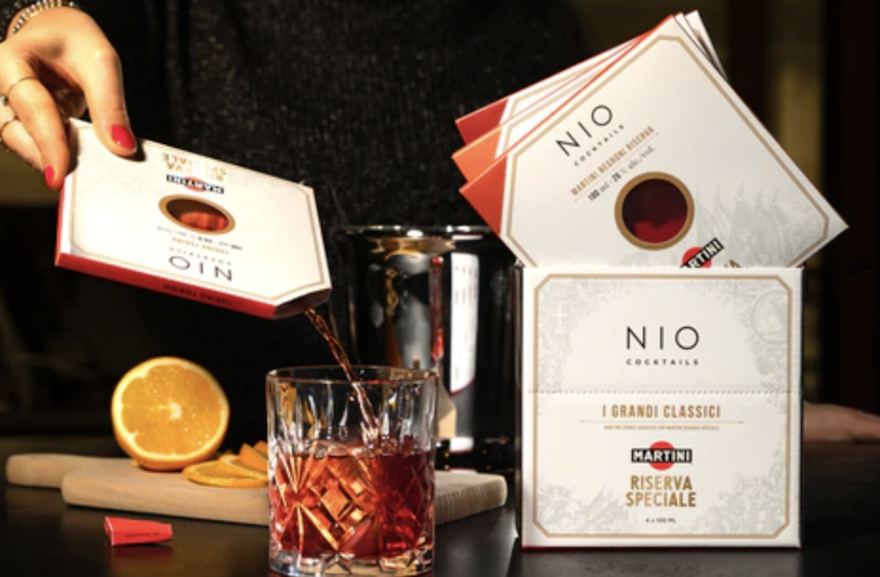‘Jack and Coke’ in a can on the way.*
It was one of the headlines that took my attention yesterday when I was scrolling through my daily information overload. Two big brands (Coca-Cola and Jack Daniel's) are partnering and launching a premixed cocktail. A logical step as this combination is already well-known among consumers.
But what interested me most was "the partnership principle" in itself.
Today, our big players are so big that the question is raised: how can they continue to grow? How can they gain more market share? How can they continue to intrigue the consumer?
Teaming up seems a logical response to this. By forming a partnership, you can strengthen each other, reach the remaining target groups that would otherwise be difficult to achieve on your own or ensure that the current target group remains engaged.
The same applies to young companies. Although they still have the opportunity to grow and become big (compared to our established big players), regularly they lack the resources to realise that potential growth. By joining forces, they can approach current and new target groups cost-efficiently using each other's know-how and network.
A side note should be added here. While there are many advantages to setting up a partnership, it also comes with complexities. For instance, every company has its culture, way of working, budgets, goals, etc. These differences create a challenge when companies join together in a partnership. Attention must therefore be paid to how these differences can be aligned.
According to the objective set, different types of partnerships are possible. We see partnerships emerging between young companies, but the big players also see the potential to go into business with these young companies. We even see partnerships between individuals (although behind the scenes, there is often a whole business running) and companies. We see one-off and long-term collaborations, as well as partnerships that ultimately result in an M&A.

A couple of exciting partnerships we have seen in recent years:
- NIO Cocktails x Martini / NIO Cocktails x GQ / NIO Cocktails x Acqua di Parma
- FoodBag x Balls & Glory
- Mealhero x WeightWatchers
- Eat Casper x Pascale Naessens
- Chiara Ferragni x Nespresso
- Charli D'Amelio x Dunkin' Donuts
- Beyond Meat x Pizza Hut / Beyond Meat x Taco Bell / Beyond Meat x McDonald's
- The Vegetarian Butcher x Burger King
- Sodastream x PepsiCo
Partnerships are a great way to extend your business. It is a form of collaboration that is possible in all shapes and sizes. It gives you incredible flexibility and room to test and explore what works and what doesn't. So if you haven't thought about it yet, evaluate the benefits versus the costs of the complexity involved and explore the possibilities.
We want to know which interesting partnerships you have created or seen yourself. Please share them with the explorer community and let us know in the comments ;).
____________
FoodBev Trend Explorer is the brainchild of Magali Renard. At 25, she was running one of Belgium's largest start-up accelerators.
A few years later, she started her second company, Renard Drinks. She created a new range of non-alcoholic food pairing drinks with her team. Marketed in the Belgian premium market and was backed and sold in 12 Michelin star restaurants in less than 18 months.
As a pioneer in the market, she has learned by trial and error how dynamic the food industry is. Because all passion and enthusiasm aside, starting up a solid food brand is no mean feat. Knowing your product is one thing. Knowing when and how to market it is another. With this experience in her backpack, she helps other companies in innovation, market research and customer experience.
____________
*Source: Food Business News

